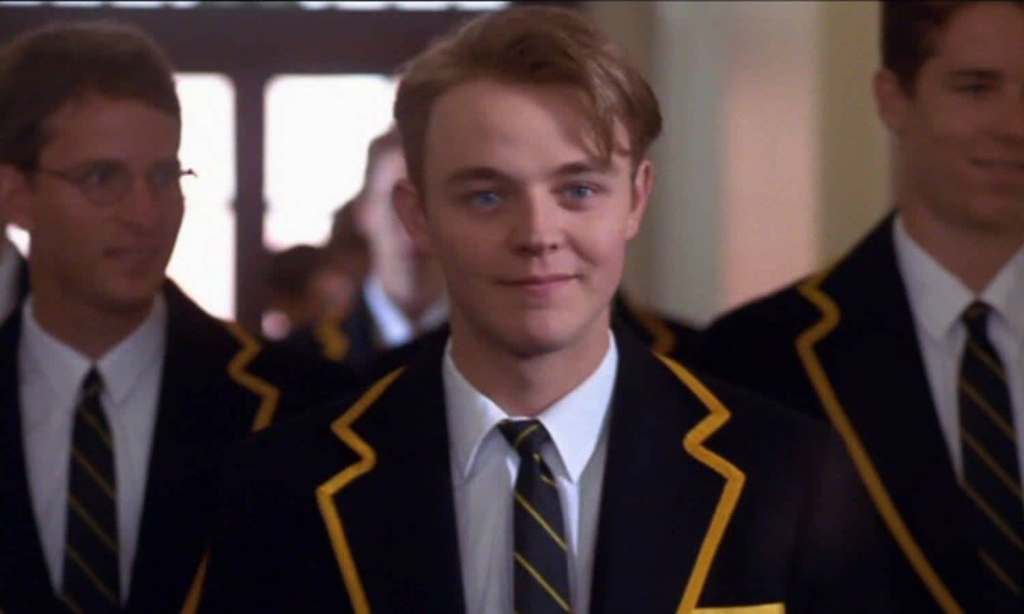WARNING: This article contains information about suicide which may be triggering to some.
“If I could be anything other than what I am, I’d want a tomorrow. If I could be what my father wants me to be, maybe I could stay for that too. If I could be what you want me to be, then I’d want to stay. But I am what I am and all I want is freedom.”
These powerful words were the final quote that Matthew Newton’s character John Barton said in a letter to Josie Alibrandi (Pia Miranda) in the 2000 Australian film Looking For Alibrandi.
Spoken with a voiceover, it was a tale of pain and suffering and to me, it was part of one of the most powerful scenes in teenage movie history.
Looking for Alibrandi, which is celebrating 20 years since its release this year, explored complex themes that as a teenager in high school, were incredibly easy to relate to.
It was a film about having a European heritage in an anglicised country, living with a single mother, a fractured relationship with an absent father, acceptance of schoolmates and of course, the romantic dilemmas — all of which I was experiencing personally.
But the death of Newton’s character Barton was the one scene that stayed in my psyche long after my teenage years had finished, and in the coming years, I would have no idea just how powerful it really was.
By the age of 13, my community had already been touched by teen suicide.
The same year the film was released, a friend of mine from primary school died by suicide at the age of 14.
After being prescribed Roaccutane for acne, the medication had changed her personality from a cheerful student to withdrawn and angry, and in an interview after her death, her mother had told Suicide.org: “She told us she had lost the ability to love any of us; she just became a totally different person. She was a bubbly, full of life, full of fun girl who then became a shut-down hollowed-out shell of a person with no personality.”
After my friend passed away, I decided not to go to the funeral — and it was something I would regret until this day.
After that, I told myself that no matter what, I would always say my goodbyes, no matter how much it hurt and unfortunately, this wouldn’t be the last time I would lose someone in my life to suicide. I would later experience the loss of an extended family member and then a very close friend within a few years of each other.
For anyone who has lost someone this way, the undeniable pain of grief and suffering, no matter how directly or indirectly you knew someone, is indescribable.
And that is why this particular scene in the film has always been so powerful and relevant to my life.
The song, U2’s With or Without You performed by Hamish Cowan, sets the tone to a grief-stricken funeral — where students too young to have to experience such loss were pallbearers, and others stood helpless in a guard of honour.
Lying awake the same night, Josie opens a letter that her friend had given her, just a few days prior to his death, and she reads about his wish to be “free” — a common theme among suicide.
After reading it, she tears it up and throws it out the window, and as she does, the wind takes hold of the pieces, finally giving him his freedom.
Looking for Alibrandi stars Pia Miranda, Matthew Newton, Kick Gurry, Greta Scacchi, Anthony LaPaglia, Leeanna Walsman and Kerry Walker.
The film won the Australian Film Institute Award for Best Film in 2000.
If you or someone you know needs help, please contact BeyondBlue on 1300 224 636 or Lifeline on 13 11 14.
WATCH: The powerful funeral scene from Looking for Alibrandi (2000).
Read more stories from TheLatch— and follow us on Facebook.

